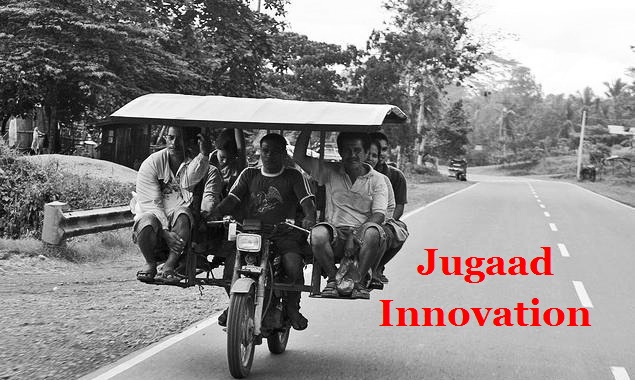Sometimes I wake up in the middle of the night with insomnia, and when that happens, the best you can do is to make that time productive (and spend the day after, drinking coffee), right? … So, I wrote this post.
In UX there’s a fair amount of projects which goal is to redesign applications that were developed during years, (if not decades) by internal teams. The focus of these teams is on features and not on the User friendliness of the tool.
The end result after years of development is translated in to a set of unorganized interaction patterns. But the tool somehow works, because it was intended for a specific audience.
Grassroots Innovation
India is known for the jugaad kind of innovation, something developed in a very frugal way with cheap and easily accessible resources. I thank the Indians for giving us, their attitude of bending the rules with simple fixes and work-arounds, I simply love that.
The web is flooded with pictures of funny solutions (specially of transportations means) that “express a need to do what needs to be done, without regard to what is conventionally supposed to be possible”.
Make the tool accessible to bigger audiences
But what if one has to industrialize it for production, to be used by many people (besides the one who created it), to respect legislation and good practices? Some redesign has to be made, of course, the kind of redesign that I wrote above.
When I’m invited to redesign a tool that is a result of this “Jugaad” attitude, there’s something really important to keep in mind: what you have in front of you is “only” a very good list of requirements, but is our goal as Designers to make that product accessible to a wider group of users:
- by giving consistency through a set of known interaction patterns,
- by making design decisions that are aligned with the development constrains and the business needs,
- by respecting legislations.
So our job is, most of the times, “just” to bring order to users life’s.
